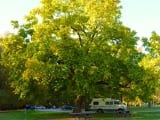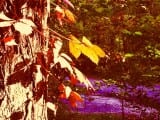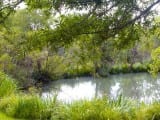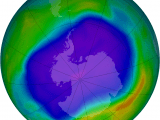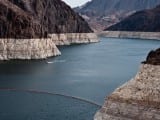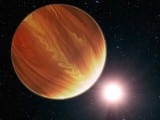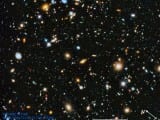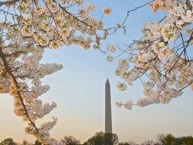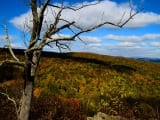
Images from Skyline Drive in Virginia – Secret Vistas – By Glynn Wilson – SHENANDOAH, Va. — It is the last weekend of the season at Mathew’s Arm, the northern most campground in the national forest. We scouted it out on Thursday, secured a campsite and toured the first 22 miles of Skyline Drive, stopping…

